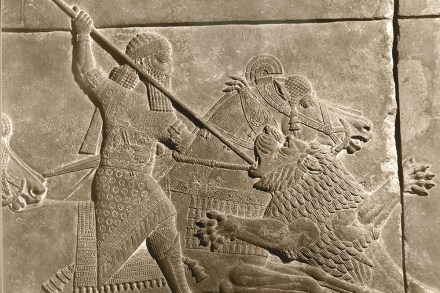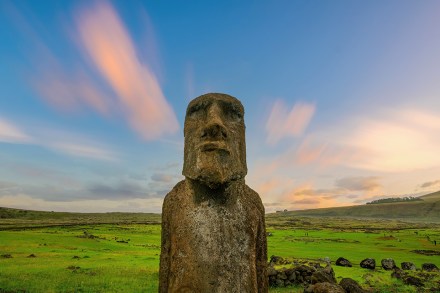The Assyrians were really not so different from us
Among the most striking and memorable exhibits in the British Museum are the Assyrian reliefs depicting the royal hunt. These huge panels show the king, Ashurbanipal, shooting, spearing and stabbing a succession of lions, albeit ones that had been trapped beforehand and released from cages for the occasion. It is a magnificent work of art, carved in the city of Nineveh – on the outskirts of modern-day Mosul in northern Iraq – around the middle of the 7th century BC. My favourite section shows the king on horseback, riding full pelt, with no reins in his hands but only his bow and arrow. Our eyes are drawn to the detail



